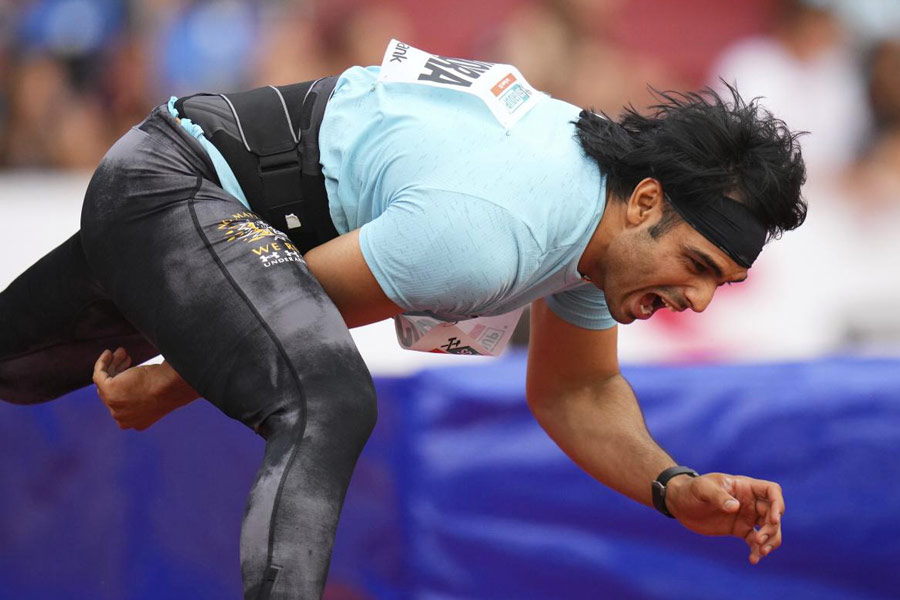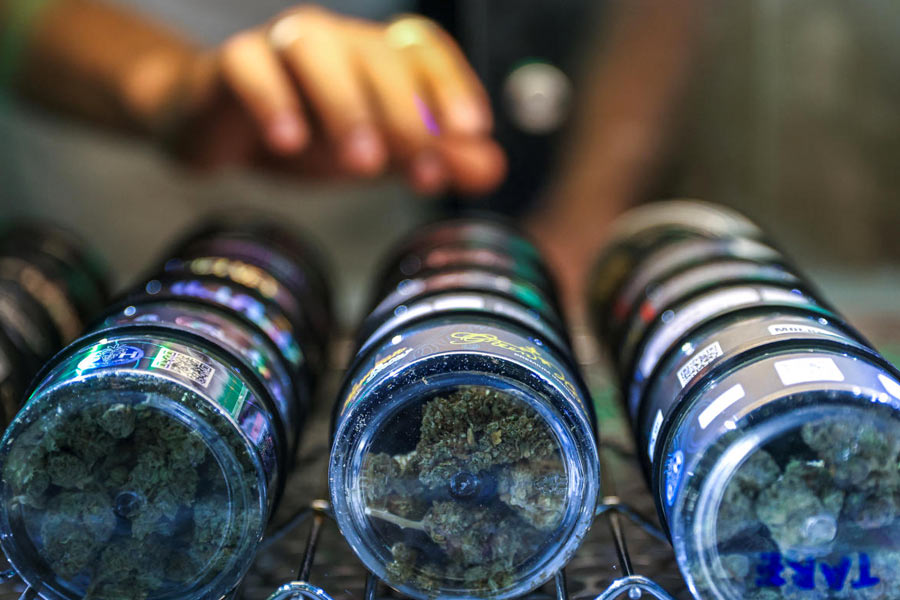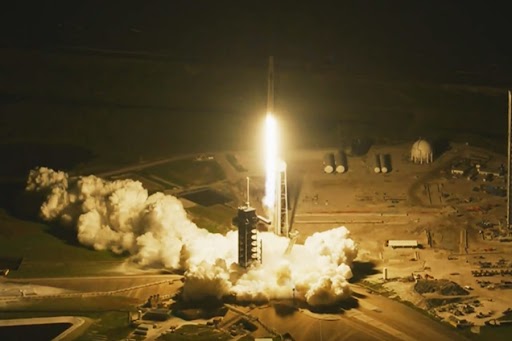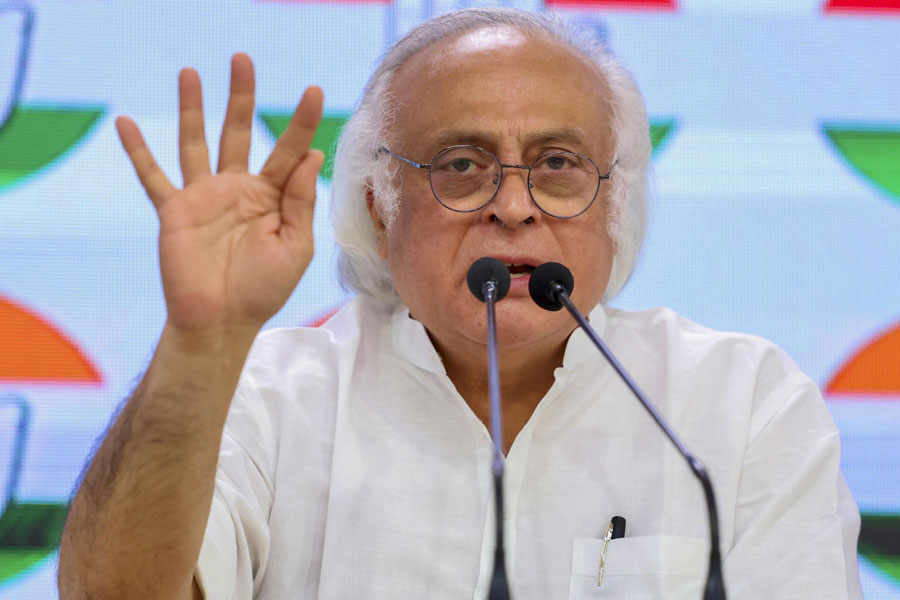Bishnupur, the land of exquisite terracotta temples is also the stage of ‘the Play of the Gods’, as anthropologist Akos Ostor calls it. Myth, ritual and festivities are played out in different domains of the household, community and the royalty as represented by the scions of the Mallas. This makes Bishnupur a fascinating theatre of social, cultural and religious fanfare.
When Durga Puja is celebrated all over Bengal from the sixth to the 10th day of the lunar fortnight or shukla paksha in the Bengali month of Ashwin, Bishnupur witnesses a Debi puja that, says the prevalent legend, has its genesis in end-10th century CE.
The story goes that the Malla kings had moved their settlement from Laugram (not very far from the Bishnupur police station) to Bishnupur in the 10th century on the intervention of the goddess.
.jpg)
kings moved from Laugram to Bishnupur
There are many versions of this legend, but each coinciding on the single point of migration of the Mallas and institutionalisation of worship of the goddess who came to be known as Mrinmoyi.
Mrinmoyi is now enshrined in the Raja’s temple which bears the inscription: “The Goddess Durga (Mrinmoyi) / The Debi of Malla-bhum / Her worship established in A.D. 994.”
The Raja’s puja, still held in the temple of Mrinmoyi in the royal premises, is a distinct festival that unites the town in an all-encompassing spirit. Beyond this, there are several community pujas. Some are organised by major ganjas (markets), others by the paras (localities or neighbourhoods) apart from bangsha (line), sectarian and individual pujas.
The festival as a whole extends through 16 days and it is only in the Raja’s temple that the entire sequence is observed, although abbreviated now. Mrinmoyi is the main deity whose worship is associated with that of Borothakurani, Mejothakurani and Chotothakurani, different forms of the goddess.
The first 11 days cover the dark (krishna) and bright (shukla) halves (paksha) of the moon. The festival begins here on the ninth lunar day of the Krishna paksha with the invocation of the goddess and rites of welcome. The goddess is invoked at the site of a bel tree away from the temple. The tree itself no longer exists and is represented by a branch stuck into the ground in the near vicinity of a tulsi tree.
A stone platform from olden days still exists. This rite is also called belbaran, performed late in the night by at least two priests — the tantric and the bhattacharya. Interestingly, the tantric reads out the text from a manuscript and the bhattacharya brahmin, who is probably the less-knowledgeable of the two, performs the rites.
The goddess, as represented in the painted Durgapat, is brought here by the priest and placed on the platform in between two swords. She is invoked in a small earthenware pot or ghat placed in front. The Durgapat, nabapatrika (a bunch of nine plants placed under the pat) and a Dasabhuja image engraved on a small silver plate are the objects of veneration and collectively represent the goddess.
Through a few rites, the ghat and the bel tree are consecrated following which the objects receive offerings on behalf of different deities. Ganesha is invoked first, followed by the Panchadebata — Brahma, Vishnu, Shiva, Durga and Surya. They are followed by a a series of other deities. Interestingly, when the Malla rajas turned Vaishnava from a Shaiva background, they gave up animal sacrifice (pasubali) for a balidan of grains and pulses.
In the concluding acts of worship in this phase, the bel tree is anointed with vermillion and the goddess is invoked in the tree by the priest who recites verses in her honour. The companions of the goddess are also honoured. The Durgapat is eventually set up in the temple following an arati.
.jpg)
.jpg)
.jpg)
idols painted pats of (Top-bottom) Borothakurani, Mejothakurani and Chhotothakurani
are worshipped
In the morning the welcome of the goddess is performed at the ghat when the Durgapat is brought down from the temple in a procession. After a series of rites, the goddess is taken back to the temple and three cannons go off announcing the arrival of Barothakurani in the town.
Barothakurani is set up in the temple and worshipped every day till the end of the festival, the paraphernalia of the same puja being seen every day.
The next major rite takes place 11 days later when the Mejothakurani is welcomed at the Mrinmoyi temple.
This puja is less elaborate than that of the Barothakurani with no image and only a ghat in which she is invoked. She departs soon after this. The ghat is immersed at night. However, she only departs for the time being and returns a couple of days later, together with Chotothakurani in an ambience of special rites and celebration. The belbaran of the two sisters takes place on the sixth night of the shukla paksha.
The Sasthipuja is the first among the five major days of the festival.
Interestingly, the rites continue to centre round painted images of the thakuranis and the ghats. On this particular evening, the pats of Mejo and Chotothakurani are brought together at the site of the bel tree.
The same ritual is followed that had welcomed Barothakurani. The pats are accompanied by two small ghats and two large ones. All three pats are identical and they are kept in the Raja’s house. A faujdar is asked to repaint and repair them every year during the annual festival.
Full-fledged Debi puja is considered to begin from Saptami which is inaugurated by the first shakti puja of the entire sequence. Shakti symbolises power, the true essence of Durga Puja.
Here again the two Durgapats are brought to the ghat of the temple tank for a ceremonial bathing. After that the pats are taken back to the temple amidst pomp and celebration.
.jpg)
The Saptami puja ensues with oblations and offerings (bhog) to Durga and all her associated deities. One aspect that is noteworthy is that the worship of the three sisters or thakuranis merges with the Debi puja as a whole.
The permanent icon of Mrinmoyi aside, no other image, clay or otherwise is present in this act of worship and the ghats, large and small are of immense importance, very often being the sites of invocation.
The temple is opened to the general populace, attracting a large crowd in the evening when arati is performed and prasad is distributed after being offered to the gods.
Maha Ashtami puja starts on the morning of the eighth day. People arrive in great numbers for a darshan of the Debi with offerings of food which are placed in front of the goddess. These are offered to the Debi during the course of the puja and then returned to the donors on the next day or Nabami as the auspicious prasad.
Small pujas are also performed by the priest on the request of individual devotees. The main puja on Ashtami centres around the golden image of Bisvalakkhi, an 18-handed representation of the goddess.
The legend goes that the image was part of the booty captured by a Malla raja in a raid on a neighbouring kingdom. The image is kept in the Raja’s house throughout the year and only worshipped during the last three days of Durga Puja. A small seat is painted with an eight-petalled lotus in five different colours, forming what is known as a yantra. This symbolises the goddess.
.jpg)
On this day, many debapats which lie behind the Durgapat all through the year are unrolled by the priest and deities represented in them are worshipped.
The performance of the Ashtami puja follows the same procedure with the only change in elaboration of offerings and oblations. Bisvalakkhi is also regenerated with new life energy (pranpratistha).
On Sandhipuja — the moment of transition from Astami to Nabami — the puja reaches a new climax. It begins with Mahasnan, the ceremonial bathing festival and offerings of gifts later. The temple then is thrown open to the swelling crowds who throng the ritual space.
A series of rituals follows with the priests and the raja officiating. Cannons go off and the place is gripped with a religious hysteria. Bali is subsequently performed. After the crowd disperses, the raja distributes the prasad among the priests, musicians and attendants.
.jpg)
The Nabami puja is simpler and shorter with a difference. A series of deities are worshipped who are represented in paintings. One matter worth noting is that they are not exposed to the people. Deities like Manasa and Shiva are worshipped, but the chief ceremony concentrates on one particular form of the goddess, the, Kaccarbahini, or the one who rides on the mule.
Dasami or the final day is a day of departure of the goddess and so the mood is one of sadness. The major ritual of the puja is the recitation of the bisarjan mantra. The ghat, in which the goddess was invoked in the beginning is immersed after the puja and the lifeless pat is kept in the temple till the evening. Droplets of water are sprinkled on the Durgapats and the plants known collectively as nabapatrika are immersed.
After oblations are offered to the different deities, the ghats are taken midstream, water is poured out, and then subsequently filled with new water. Together with the Durgapats they are taken back in procession to the temple. Santijal or purificatory water is sprinkled on all assembled around and the objects. And thereby a new year is beckoned, signalling hope and auspiciousness.
The author is the Head of the Department of Archeology, University of Calcutta
Photographs by Abhijit Mitra

.jpg)









